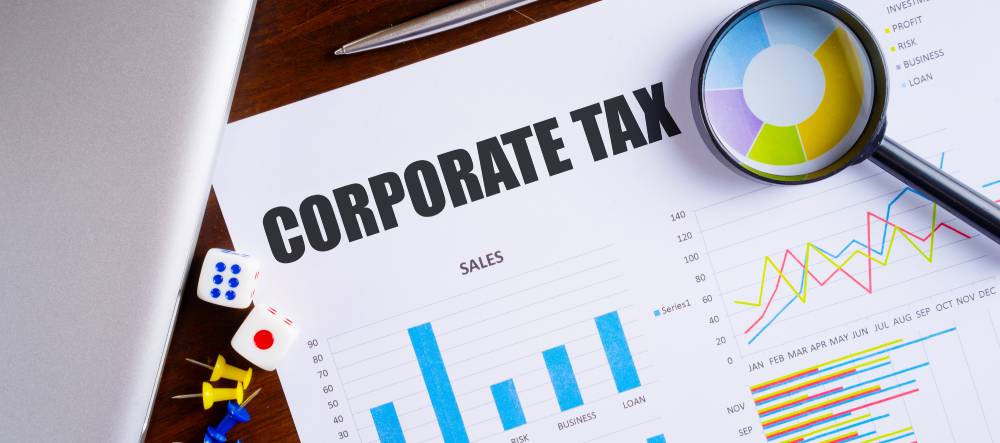Understanding Corporate Tax Filing

Who is obligated to file corporate income tax?
Understanding Corporate Tax Filing is important and let's dive deeper into it. The Inland Revenue Authority of Singapore (IRAS) mandates the following entities to file their corporate income tax:
- Business entities incorporated or registered under the Companies Act 1967 or any prevailing law in Singapore. Typically, such entities bear the designations 'Pte Ltd' or 'Ltd' as part of their names.
- Foreign companies registered in Singapore, including branches of foreign companies.
- Foreign companies incorporated or registered outside Singapore.
It is important to note that sole-proprietorship's or partnerships are not classified as companies. Tax obligations for sole-proprietorship's or partnerships are to be fulfilled through individual income tax filings.
How to Determine Your Taxable Income
Companies are taxed based on the income earned in the preceding financial year. For the tax assessment year 2023, income generated in the financial year 2022 will be taxed. Most companies end their financial year on 31 December, but some may choose alternative year-end dates. It's important to inform IRAS if your company's financial year-end differs from 31 December or extends beyond 12 months.
In Singapore, companies are taxed at a standard rate of 17% of their chargeable income, which is the income after deducting tax-allowable expenses. Capital allowances and reliefs may further reduce the taxable income and tax liability.
Tax Filing for Sole-Proprietorships or Partnerships
Sole-proprietors and partnership owners are responsible for filing their taxes as part of their individual income tax. To facilitate this process, they must maintain accurate records and accounts of all business transactions, supported by relevant documents like invoices and receipts.
At the end of the accounting period, owners must compile a statement of accounts, including profit and loss accounts and balance sheets, to ascertain business income and expenses.
Owners typically receive a filing notification or Income Tax Return (Form B or B1 or P) from IRAS by March each year. Upon receipt, they must submit either a 2-line or 4-line Statement for tax filing. The 2-line Statement is for businesses with revenue under S$200,000 for the YA, while the 4-line Statement is for those exceeding this threshold. In the 2-line Statement, businesses declare revenue and adjusted profit/loss, while the 4-line Statement requires additional information such as revenue, gross profit/loss, allowable business expenses, and adjusted profit/loss.
Filing a GST F5 return directly to IRAS using Xero
- File your GST F5 return directly with the Inland Revenue Authority of Singapore (IRAS) from Xero.
- Any GST owed to IRAS must be paid separately.
- Xero transmits the amounts on the GST F5 return to IRAS, excluding the individual transactions.
- To file a GST F5 return from Xero, you must have the adviser or standard and view reports user role.
- Any GST owed to IRAS must be paid outside of Xero.
- If you are due a GST refund, it will be received outside of Xero.
Read more: How To Do Singapore Corporate Tax Planning